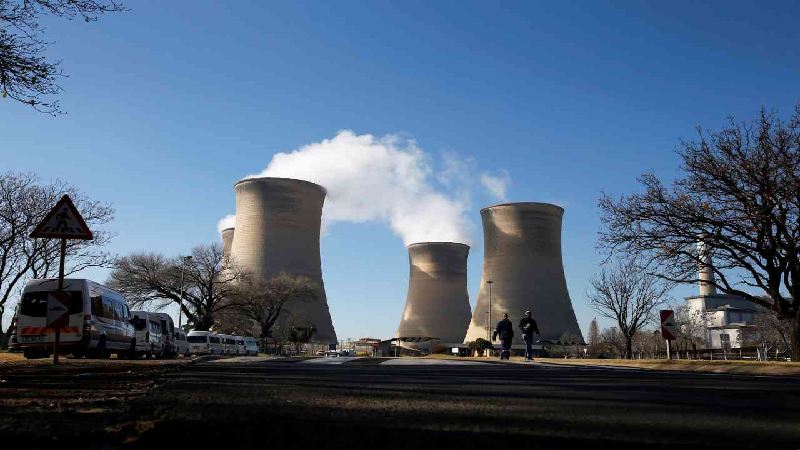The City of Cape Town has welcomed the news that South African municipalities now can source their own power as opposed to buying electricity from Eskom. It comes after Mineral Resources and Energy Minister Gwede Mantashe gazetted amendments to the Electricity Regulations on New Generation Capacity last week. It also follows President Cyril Ramaphosa commitment to supplying sustainable energy as part of his recent economic recovery plan.
The energy is expected to be procured from diverse sources, including solar, wind, gas, coal and storage. While attempting to meet the country’s energy needs well into the future, the added support will also help meet international obligations to reduce carbon emissions.
Speaking to VOC’s Breakfast Beat on Tuesday, the City of Cape Town (CoCT) ’s Energy and Climate Change Executive Director, Kadri Nassiep, said that they are now awaiting guidelines from the National Ministry and government as to how municipalities can develop their own power generation projects.
“Eskom traditionally would have had the bulk of its capacity installed (and that) would have determined which customers it supplied directly. More and more, the City is setting up new infrastructure and supplies most of the new connections in the City,” he explained.
He added that attempts to combine City and Eskom supplied electricity in 2006, which he described as the ‘red model’, wasn’t successful at the time. According to Nassiep, Eskom supplies around 99% of the City’s energy to it, which is in turn distributed. He noted that one of the City’s short-term goals is for 30% of its overall power supply to come from independent sources.
“There are many service providers out there with the capacity to build power plants and willing to make those, in terms of the power, available to the City. We’ve been hamstrung in the past by the lack of regulations that support municipalities buying power from Independent sources.”
He noted that although price increases are inevitable, the total pricing will be blended.
“On the one hand, you will still be vulnerable to Eskom price increases every year. We know they are looking for double figures this year so anticipate the cost of electricity to go up.”
He emphasised that the City has been doing all it can to keep the increase below 5% “which is quite an achievement given the cost that needs to be absorbed”. He explained that the new price would be based on the Consumer Price Index rather than the adjusted tariff coming from the Eskom applications.
“A blended price would include the cost of renewable energy- wind and solar coming radically cheaper, but there’s the issue of storage. The wind doesn’t blow all the time, the sun doesn’t shine at the time. We have to compensate for that in the system.”
“The more renewable energy we buy, the cheaper we anticipated the increases to be. The number one benefit we’re trying to introduce is de-carbonising the economy and create a stable and reliable electricity supply.”
Nassiep noted that one of the stumbling blocks in procuring energy was the processes that need to be followed. He added that transparency is key and that the registration process should be streamlined. Prices at non-retail stores should also be monitored as the selling price per unit is “entirely up to the seller and regulator”.






 WhatsApp us
WhatsApp us 

